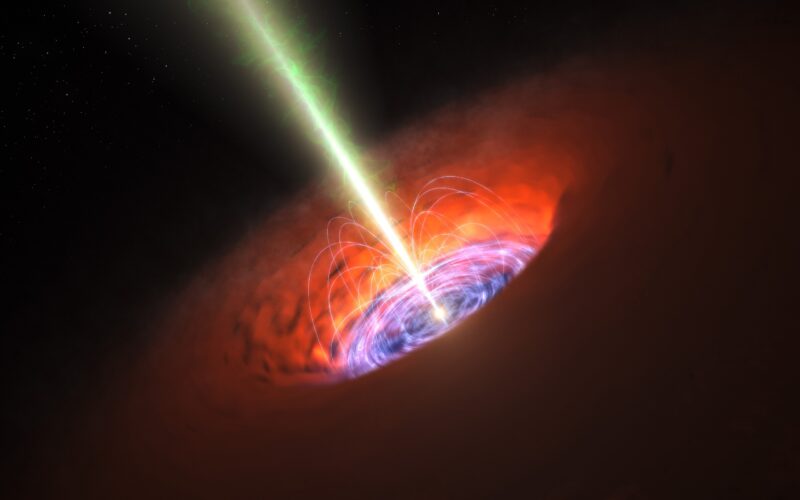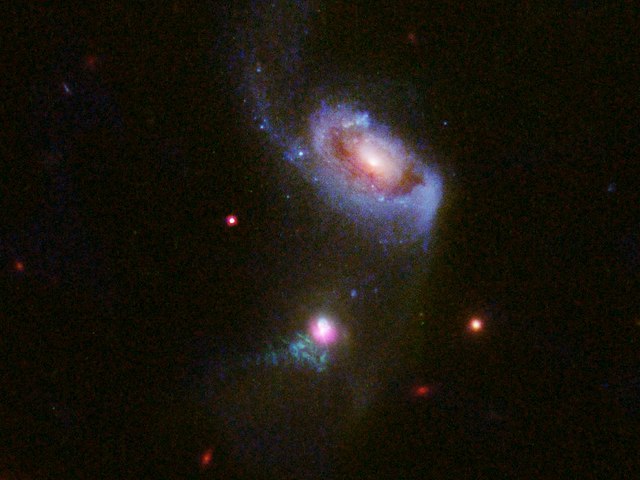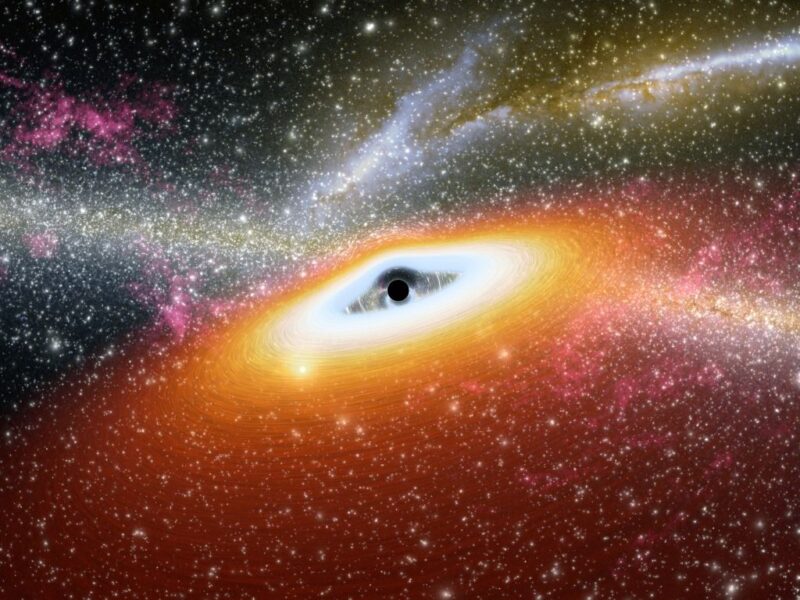Astronomers Have Detected the Largest Cosmic Explosion Ever Witnessed
A group of astronomers from the University of Southampton have published a study to the journal Monthly Notices of the Royal Astronomical Society, in which they describe the largest cosmic explosion ever witnessed. Dubbed “AT2021lwx,” it’s happening approximately eight billion light years from Earth and is still visible some three years after it began.

AT2021lwx was first detected back in 2020 by the Zwicky Transient Facility in California, after which it was picked up by Hawaii‘s Astroid Terrestrial-impact Last Alert System (ATLAS). It took another year to be noticed by humans, at which point it was further investigated with high-powered telescopes stationed across the world. After the spectrum of the light was analyzed, the distance to the explosion was measured.
According to co-author Sebastian Hönig, a professor at the University of Southampton, “Once you know the distance of the object and how bright it appears to us, you can calculate the brightness of the object at its source. Once we performed those calculations, we realised this is extremely bright.”

The team says the phenomenon is occurring in the constellation Vulpecula. It’s estimated to be 100 times the size of our Solar System and, at its peak, was two trillion times lighter than the Sun.
The current theory is that the explosion was caused by a supermassive black hole disrupting a large cloud of dust or hydrogen. Portions of the gaseous cloud were swallowed up, sending shockwaves throughout the remnants and a dust ring encompassing the black hole.
“With a quasar, we see the brightness flickering up and down over time,” explained co-author Mark Sullivan, who’s also a professor at the University of Southampton. “But looking back over a decade there was no detection of AT2021lwx, then it suddenly appeared as one of the most luminous things in the universe, which is unprecedented.”
Another possibility is that the astronomers witnessed a tidal disruption event, when a star is torn apart while being sucked into a supermassive black hole. However, as AT2021lwx is three times brighter than similar occurrences, the team isn’t leaning in this direction.
Lead author of the study, Philip Wiseman of the University of Southampton, explained, “We came upon this by chance, as it was flagged by our search algorithm when we were searching for a type of supernova. Most supernovae and tidal disruption events only last for a couple of months before fading away. For something to be bright for two plus years was immediately very unusual.”

The team plans to collect more data on the cosmic explosion. This includes carrying out computational simulations, taking X-rays, and measuring different wavelengths. The X-rays, in particular, will allow them to learn more about the processes taking place, as well as the object’s surface and temperature, while the simulations will help prove or disprove their theory.
More from us: For the First Time, Astronomers Have Observed A Star Eating Up A Planet
While AT2021lwx is the strongest explosion ever witnessed in space, it isn’t the brightest. That distinction belongs to BOAT – or “Brightest Of All Time” – a gamma-ray burst that occurred in October 2022.





